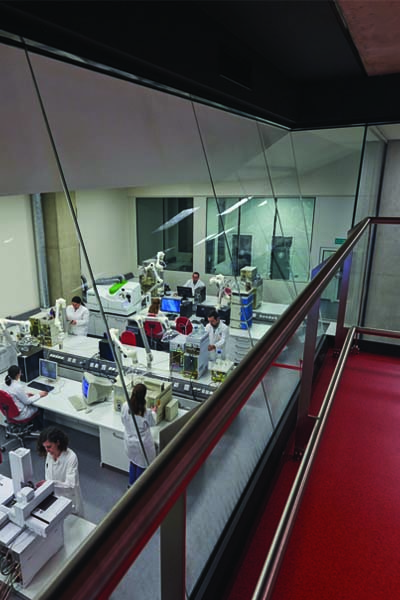Nature is the only source of natural honey. However, it is impossible to tell whether the honey has been manipulated or not merely by smell, texture, taste, or appearance. Therefore the honey must be analyzed to determine that it is indeed natural.
In terms of result accuracy, it is crucial that honey analyses be carried out in a honey-specific laboratory.
The initial step of the analysis must test the authenticity of the honey. At this stage, we evaluate IRMS, HMF, proline, diastase, moisture, conductivity values, and sugar structure.
A chemical analysis along with an organoleptic examination of the honey must also be conducted. The next stage is to check the chemical analysis results against the organoleptic analysis results.
“Nature is the only source of natural honey. However, it is impossible to tell whether the honey has been manipulated or not merely by smell, texture, taste, or appearance.”
After determining the naturalness of the honey, residue analyses must be done. We do a naphthalene analysis, as well as a study of sulfamethazine, tetracycline, and streptomycin residues.
After the residue analysis, we have to identify which flowers the bees collected the nectar from using a pollen analysis. This is how we can determine the origin of the honey.
At the final stage, our experienced team of honey specialists must evaluate and interpret the analysis results.
Track Your Honey
The authenticity of your honey is guaranteed by at least 92 tests of naturalness. By scanning the QR code on the product label, or by entering the ID numb-1er on the label, you can see which plants your honey came from, and get the honey analysis report composed from the analyses performed at the TÜRKAK-accredited Balparmak Research and Quality Control Laboratory for Honey and Other Bee Products. The report will show that the honey belonging to the specified batch numb-1er complies with the Turkish Food Codex.

